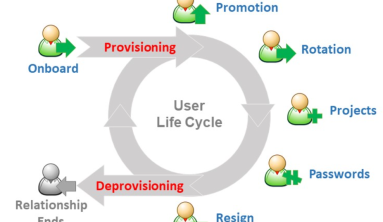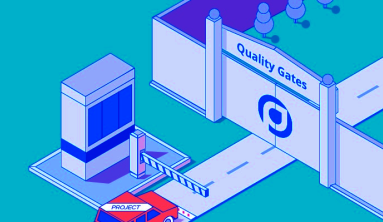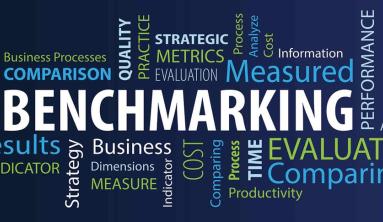IT Outsourcing Pricing Models
Choosing a pricing structure for your IT outsourcing is as essential as selecting a suitable model. There Are four main categories of the pricing model:
1. Cost-plus
In the cost-plus model, the vendor would invoice you the actual cost of the service, plus a profit margin. This pricing model is the most transparent as the vendor would make clear every item that you need to pay
With the cost-plus model, you can make sure that no one in the extended team is, unbeknown to you, chosen from the vendor’s bench. The vendor would prescreen developers according to your requirements. After that, you can interview them to choose the best one for your project.
2. Fixed Price
A Fixed-Price agreement states that the vendor is obliged to complete a project within a fixed time. The fixed price is estimated by multiplying the volume of work by the hourly rate, together with other fees. As the client, you would make a one-time payment for the entire project. Clients also cannot change any specifications or requirements unless they pay additional fees.
A project under the fixed-price model is very predictable in terms of budget and timing.
However, the fixed price model is not so flexible. Any change to the project after the contract is signed will incur additional fees.
3. Rate Card
With the rate card pricing model, you are billed for the IT outsourcing services on a monthly basis. A typical rate card agreement would specify the monthly rates for each of the members involved in the project.
Unlike the fixed cost, in the rate card model, you won’t be worried about overpaying. It’s because you pay for a full month of service, this way the vendor doesn’t need to add costs to avoid risk. You also have a team solely dedicated to your project. They will be more committed.





